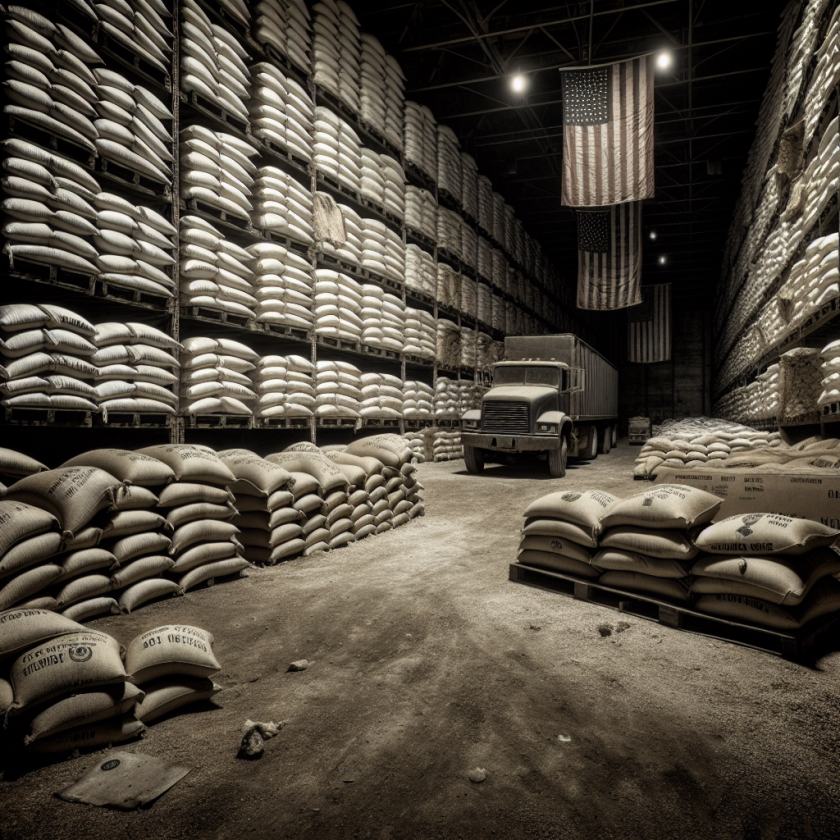Apple Airlifts $2 Billion Worth of iPhones from India Ahead of Trump’s Tariff Decision
Apple’s Strategic Move: Airlifting $2 Billion Worth of iPhones from India
Introduction
In a significant strategic maneuver, Apple has airlifted $2 billion worth of iPhones from India. This decision comes as a preemptive measure ahead of a crucial tariff decision by former U.S. President Donald Trump. The move underscores Apple’s proactive approach to navigating potential economic challenges.
Key Insights
Why the Airlift?
Apple’s decision to airlift such a substantial amount of inventory is driven by several factors:
- Tariff Concerns: Anticipation of potential tariffs on Chinese imports, which could impact Apple’s supply chain and pricing strategy.
- Supply Chain Diversification: A strategic shift to diversify production and reduce dependency on China by increasing manufacturing in India.
- Market Demand: Ensuring a steady supply of iPhones to meet consumer demand in the U.S. market.
Impact on India
This move highlights India’s growing role in Apple’s global supply chain:
- Increased Production: India is becoming a significant hub for iPhone production, reflecting Apple’s investment in the region.
- Economic Boost: The increased manufacturing activity is likely to contribute positively to India’s economy.
Potential Outcomes
The airlift could lead to several potential outcomes:
- Price Stability: By preemptively moving inventory, Apple aims to maintain price stability in the U.S. market despite potential tariffs.
- Enhanced Resilience: Diversifying production locations enhances Apple’s resilience against geopolitical and economic uncertainties.
Conclusion
Apple’s decision to airlift $2 billion worth of iPhones from India is a strategic response to anticipated tariff changes and reflects the company’s broader efforts to diversify its supply chain. This move not only underscores India’s growing importance in Apple’s production strategy but also highlights the company’s commitment to maintaining market stability and resilience in the face of global economic challenges.








































